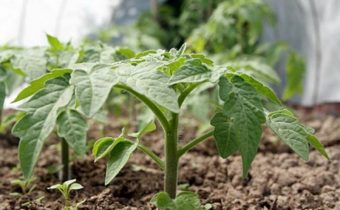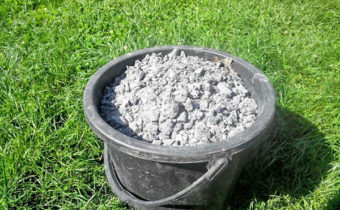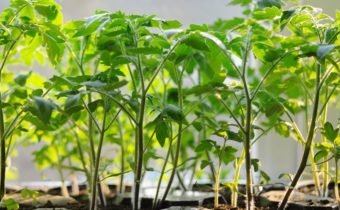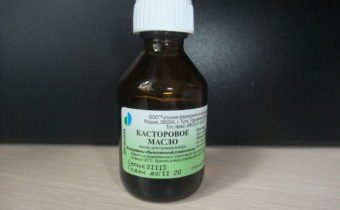When is ash more harmful to plants?
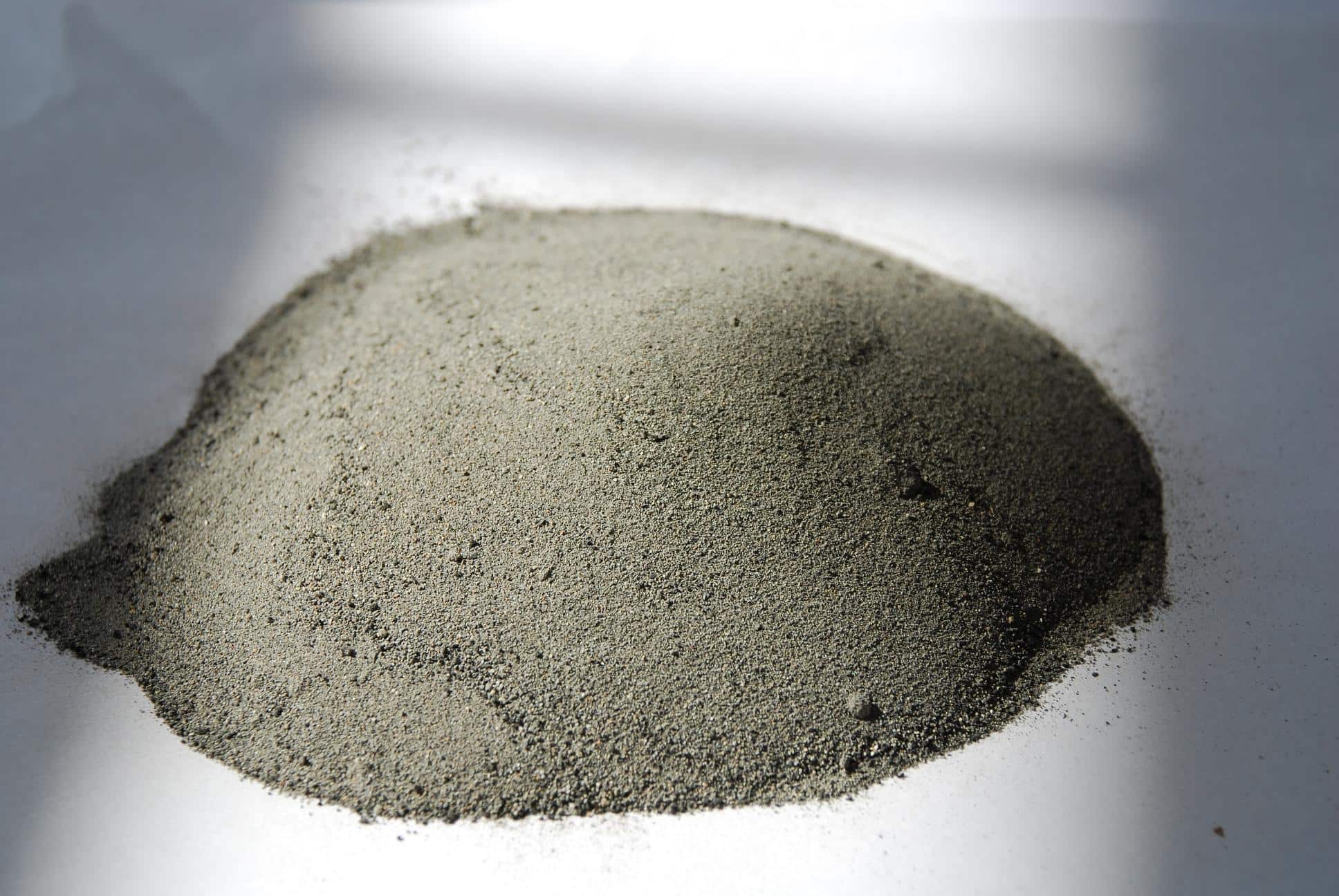
When properly applied ash as fertilizer for the plant, the soil will be supplied with calcium, phosphorus, magnesium, potassium and sodium. It will positively affect the growth of sunflowers, raspberries, currants or potatoes. With the wrong use of natural feeding the opposite effect will be obtained.
Possible harm
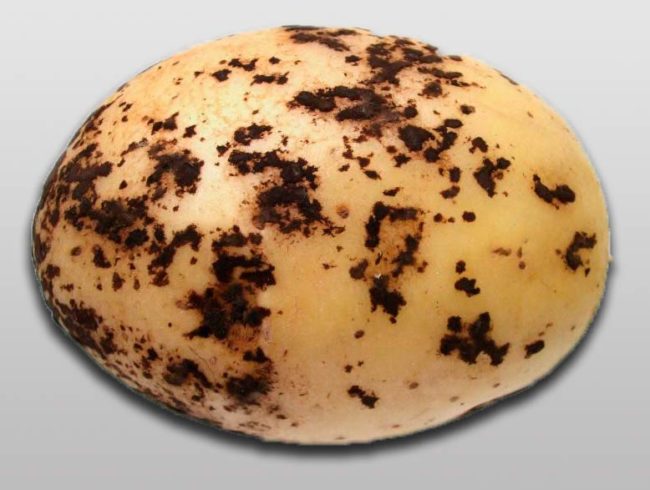
The harm of ash, as a subcortical for plants, is due to the following:
- with frequent or excessive addition to the soil there is a glut of it, which leads to soil oxidation, leaching of useful substances from it;
- if you mix it with ammonia, which is recommended in many recipes, there is a risk of wilting and death of the culture;
- some potato varieties acquire rhizoctoniosis or scab;
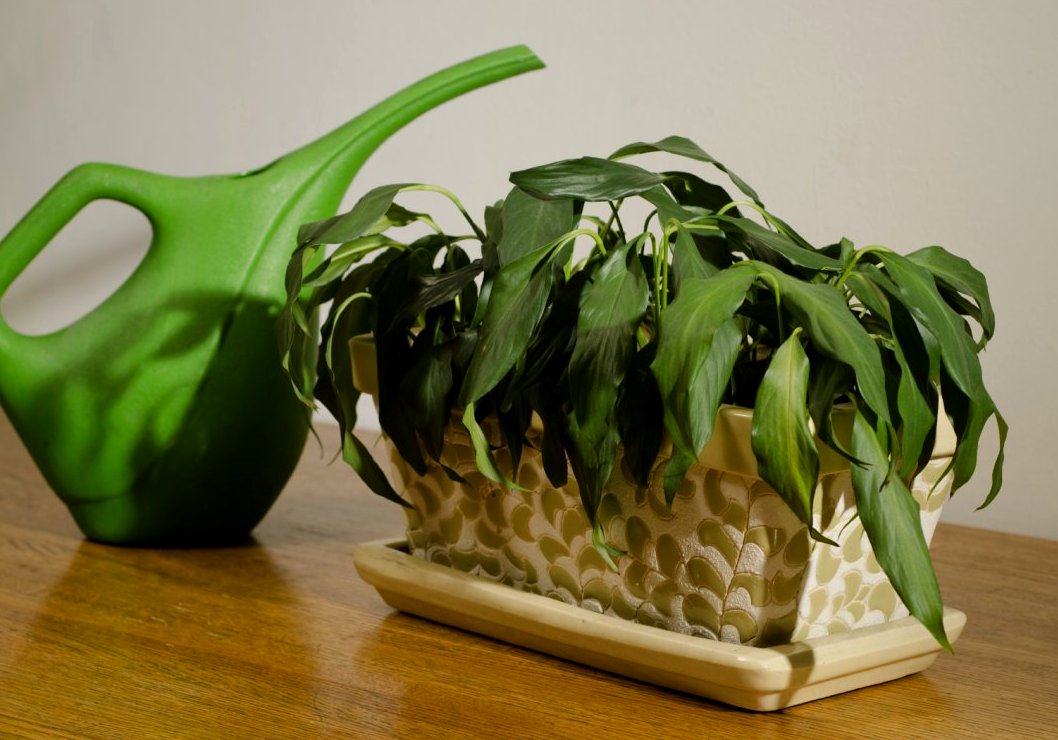
The maximum dose of ash is 200 g per 1 sq. Km. meter of soil. Fertilizer is recommended to be carried out once a season before planting a plant. The main component should be evenly distributed over the soil, then dig it and create a recess in it for seedlings.
Ash is ideal only for feeding fruit and berry land, as it helps to settle down well on the plant in a new place. For other plants, it should be used with caution.
Contraindications
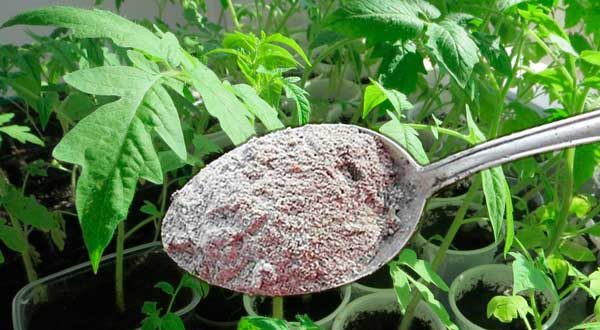
The main contraindication of burnt wood product as a fertilizer is a high pH acidity level, which can be checked using a special geological instrument. In this case, it is not necessary to carry out fertilizer for 1-2 years. In addition to the contraindications for the use of ash include:
- Simultaneous use of this type of feeding with phosphates. This combination is detrimental to any plant culture.
- Use in combination with nitrogen, as these two substances neutralize the beneficial properties of each other.
- You can not use it to feed the young seedlings, which did not have time to get stronger. This is due to the fact that this type of fertilizer contains an exceeded level of salts for a small plant crop.
- Another contraindication is the use for crops such as radish, radish or turnip. From the effects of the product obtained as a result of burning, they will pass into the seed stage and die.
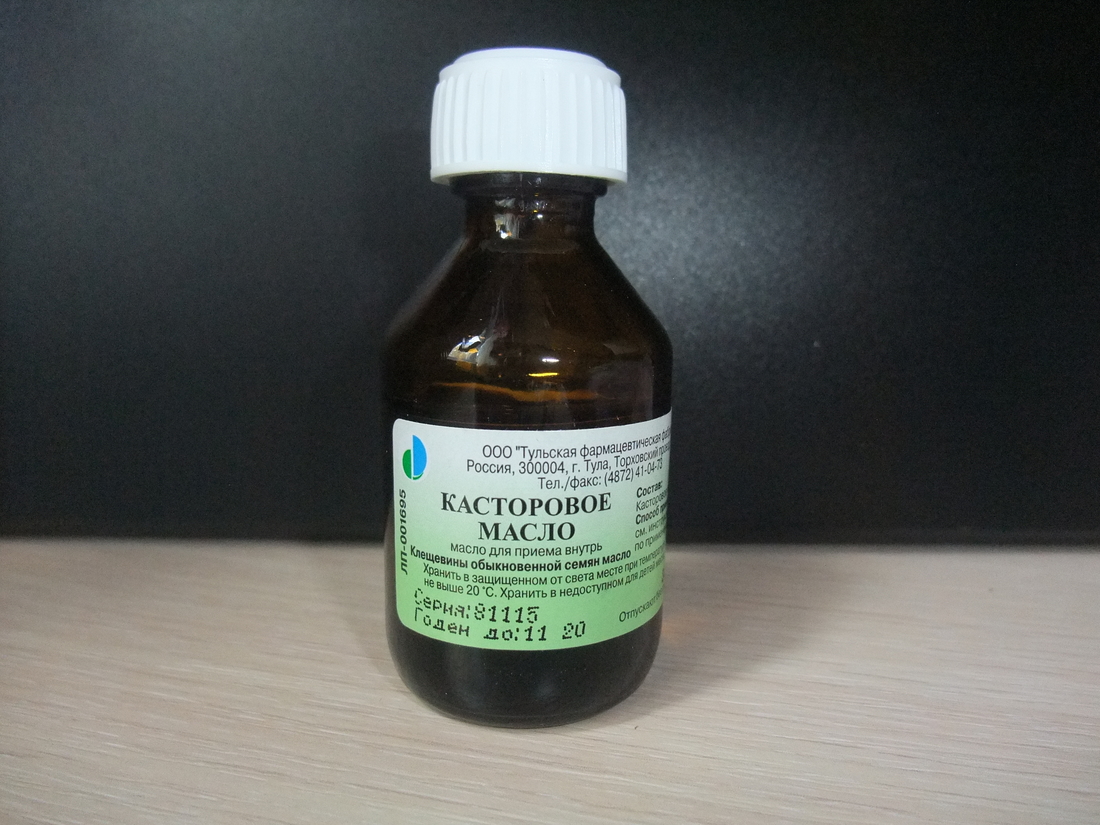
For fruit and berry land, only ash prepared from natural wood is useful. If it is created as a result of burning plastic, painted wood, rubber, or any debris, then nothing but harm can be obtained in this case. Not suitable for conversion to ashes and plant crops damaged by bacteria or disease.
For any types of berries, potatoes, beans, cucumbers and tomatoes, the burning product is useful, but with proper use and optimal dosage. In other cases, you need to use it with caution to prevent the appearance of harm.


